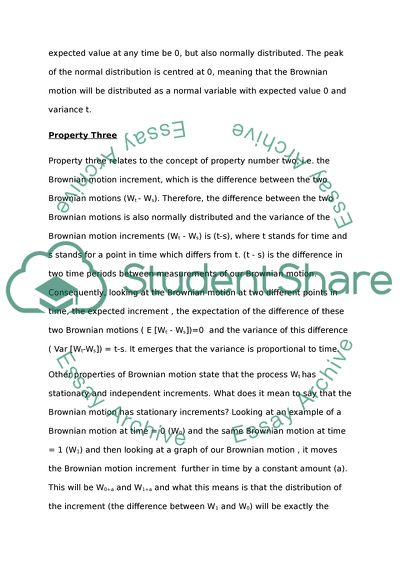Cite this document
(“GBM Essay Example | Topics and Well Written Essays - 1000 words”, n.d.)
GBM Essay Example | Topics and Well Written Essays - 1000 words. Retrieved from https://studentshare.org/mathematics/1665059-gbm
GBM Essay Example | Topics and Well Written Essays - 1000 words. Retrieved from https://studentshare.org/mathematics/1665059-gbm
(GBM Essay Example | Topics and Well Written Essays - 1000 Words)
GBM Essay Example | Topics and Well Written Essays - 1000 Words. https://studentshare.org/mathematics/1665059-gbm.
GBM Essay Example | Topics and Well Written Essays - 1000 Words. https://studentshare.org/mathematics/1665059-gbm.
“GBM Essay Example | Topics and Well Written Essays - 1000 Words”, n.d. https://studentshare.org/mathematics/1665059-gbm.


